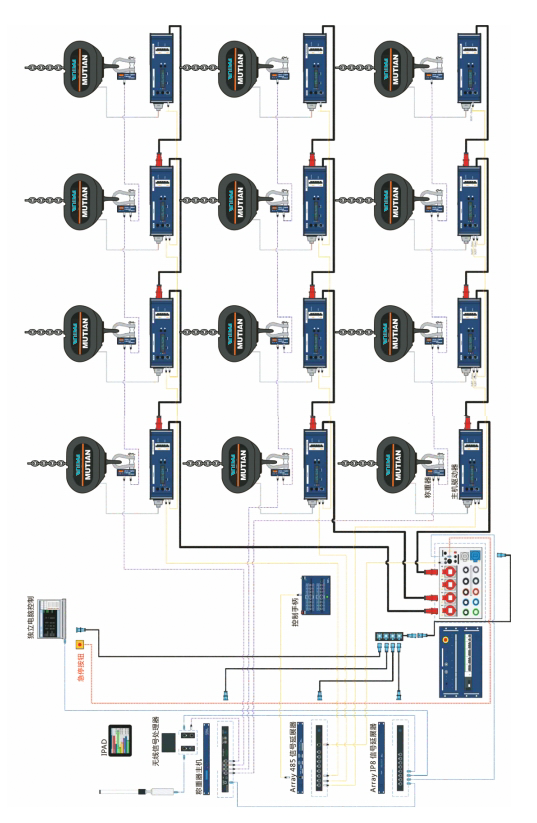 中文版
中文版



Welcome to contact us by phone:0086-0312-7969888
There are certain circumstances and conditions under which the use of a stage electric hoist should be avoided to ensure safety and prevent accidents. Here are some scenarios where it is not advisable to use a stage electric hoist:
Exceeding Rated Capacity:
Do not use the hoist to lift loads that exceed its rated capacity. Exceeding the specified weight limit can lead to equipment failure, structural damage, and the risk of the load falling.
Damaged or Worn Components:
If any part of the hoist, including cables, chains, hooks, or other components, is damaged or worn, the hoist should not be used until the necessary repairs or replacements are made.
Electrical Malfunctions:
Avoid using the hoist if there are any signs of electrical malfunctions, such as flickering lights, sparks, or unusual noises. Electrical issues can pose serious safety hazards.
Poor Weather Conditions:
Do not operate the hoist in adverse weather conditions, such as strong winds, heavy rain, or lightning storms. Weather-related factors can compromise the stability of the hoist and pose safety risks.
Insufficient Training:
Only trained and qualified operators should operate stage electric hoists. If personnel lack the necessary training and expertise, the risk of accidents increases. Adequate training is essential to ensure safe operation.
Lack of Safety Features:
If the hoist lacks essential safety features such as limit switches, emergency stop buttons, and overload protection, it should not be used. These safety features are crucial for preventing accidents and protecting personnel.
Unstable or Uneven Surfaces:
Avoid using the hoist on surfaces that are unstable, uneven, or not capable of supporting the weight of the hoist and the load. The foundation and rigging points should be stable and secure.
Inadequate Rigging Practices:
If proper rigging practices are not followed, including the use of damaged or inappropriate rigging accessories, the hoist should not be operated. Rigging components must be in good condition and suitable for the application.
Uncontrolled Movements:
If the hoist exhibits uncontrolled movements, unexpected drifting, or erratic behavior during operation, it should be immediately stopped, and the cause of the issue should be investigated and addressed.
Lack of Inspections and Maintenance:
If the hoist has not undergone regular inspections and maintenance, it should not be used. Routine maintenance is essential for identifying and addressing potential issues before they escalate.
Communication Breakdown:
If there is a breakdown in communication between operators, rigging crews, or other personnel involved in the operation, the hoist should not be used until communication is restored and safety protocols are followed.
Always prioritize safety and adhere to manufacturer guidelines, industry standards, and applicable regulations when using stage electric hoists. If there are uncertainties or concerns about the conditions, it is better to err on the side of caution and seek professional advice before operation.






X